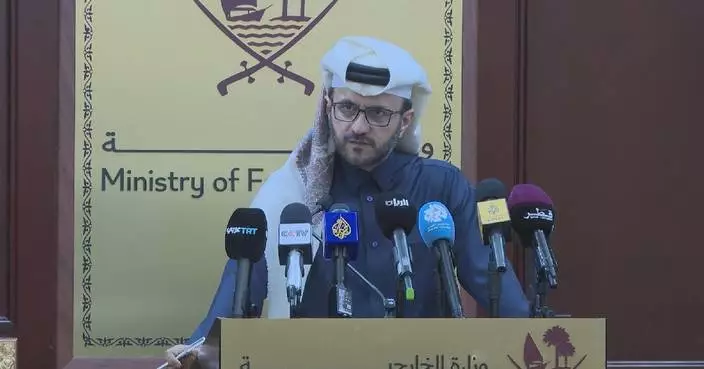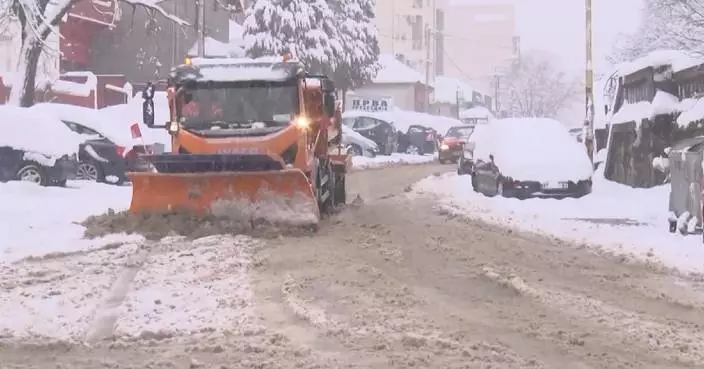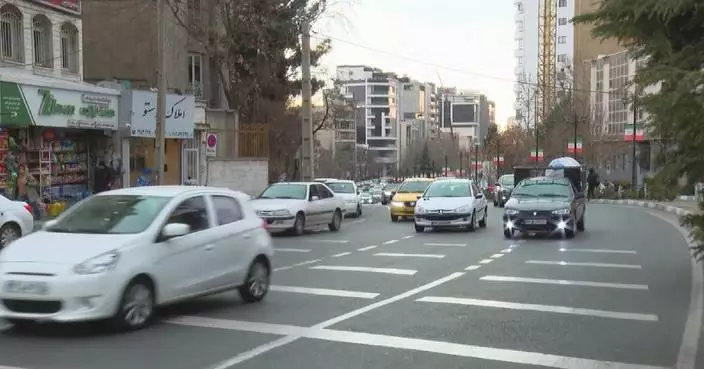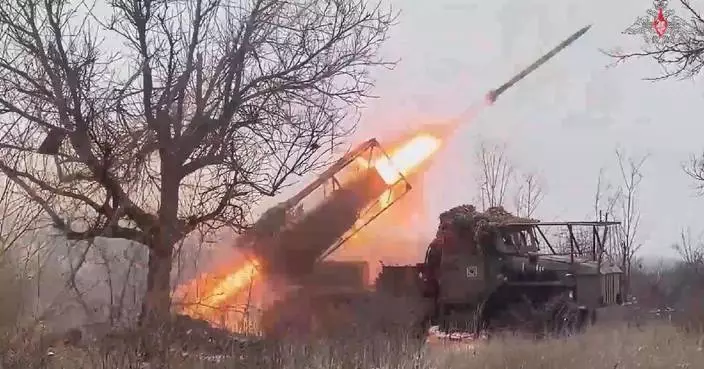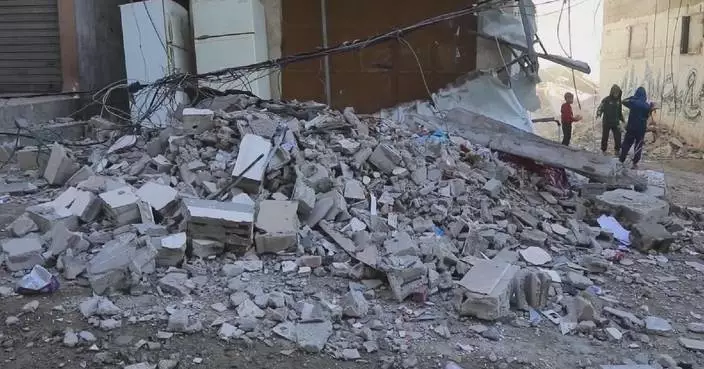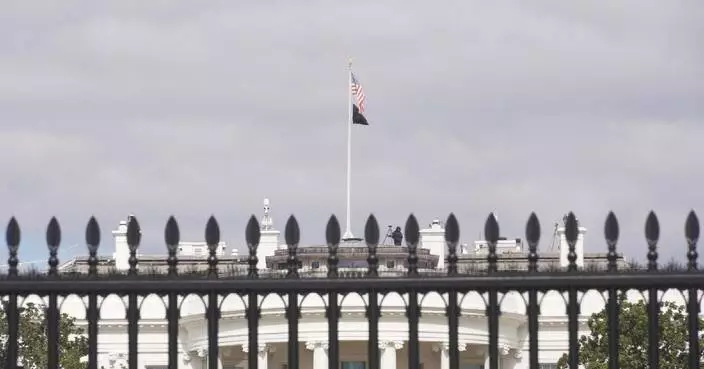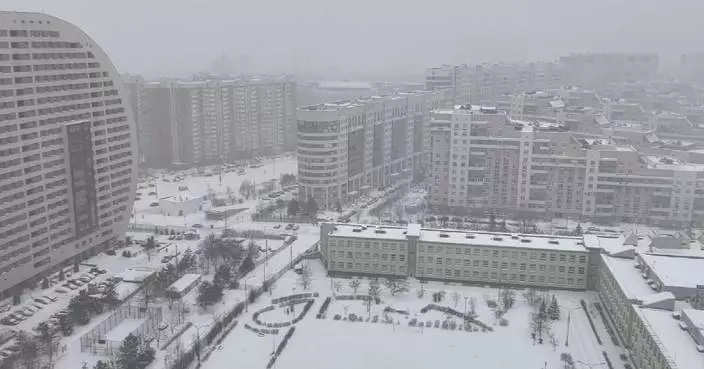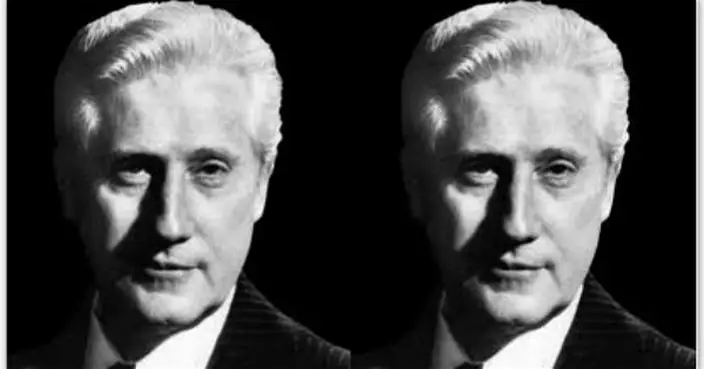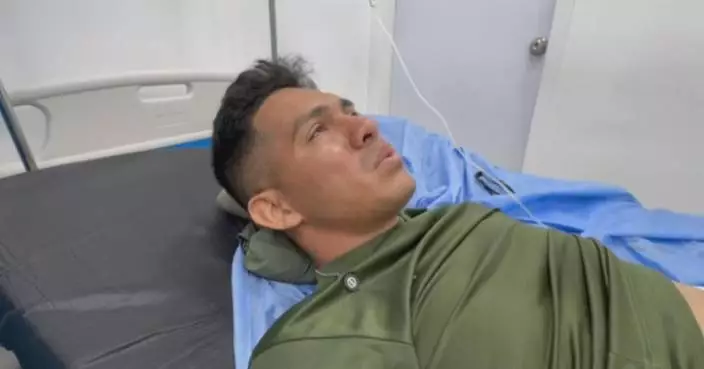Feature · News
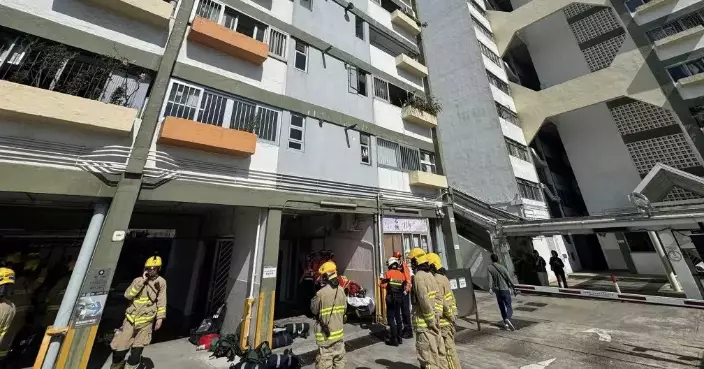
A Fire Broke out at Cho Yiu Chuen in Lai King, A 70-Year-Old Man Died on the Site

China's box office revenue for commercial performances hits 61.66 bln yuan in 2025
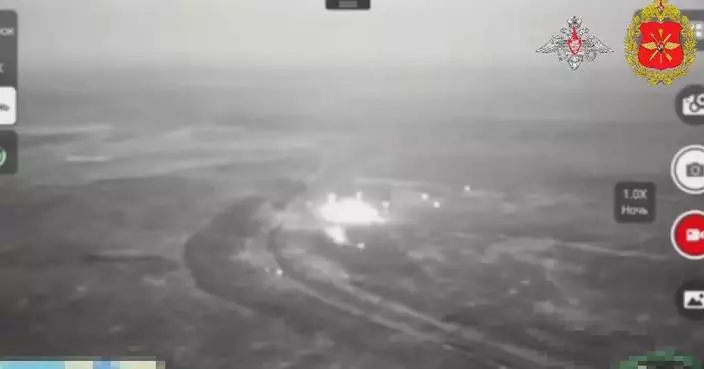
Russia reports strikes on Ukrainian energy, transportation facilities; Ukraine claims repelling Russian attacks

HKU Co-hosts "The Nobel Heroes Forum: Shaping Science and Future" Convene World-Leading Minds to Forge Next Era of Discovery

Nobel Heroes@HKUST: Science Titans Inspire Next Generation at Landmark Anniversary Event
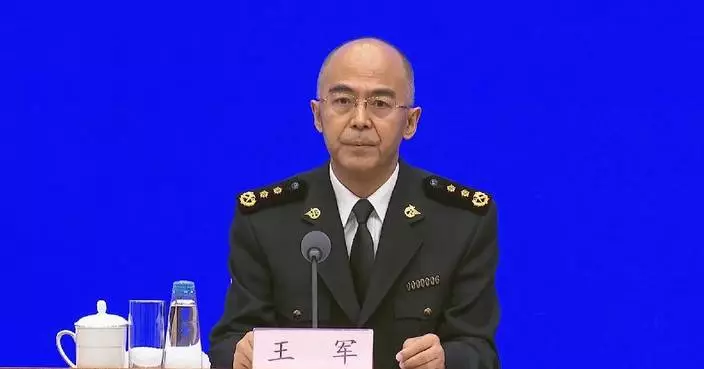
China's foreign trade up 3.8 percent in 2025: official

BP China Insight : Trump's Actions Have Turned the EU into an Outdated Relic of History
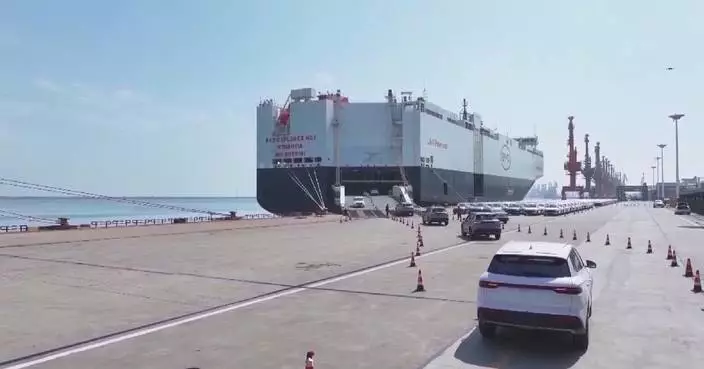
Chinese commerce chambers welcome latest development in China-EU EV talks

No escape for those who endanger China's national sovereignty, security: spokeswoman

Healthy China-U.S. economic, trade relations beneficial to both sides: customs official

Allianz Risk Barometer 2026: Cyber remains top business risk but AI fastest riser at #2 in Asia Pacific
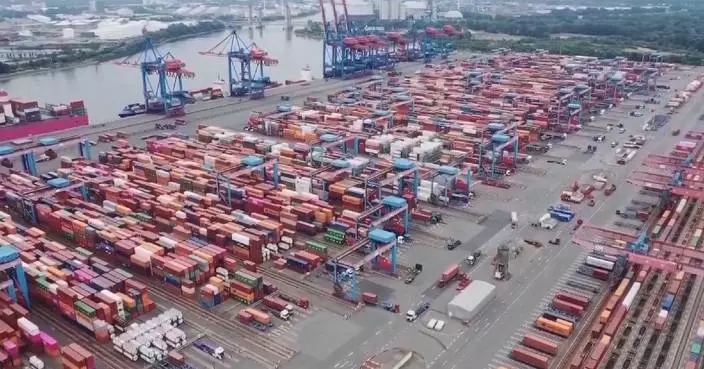
China, EU economies highly complementary, closely intertwined: spokesman
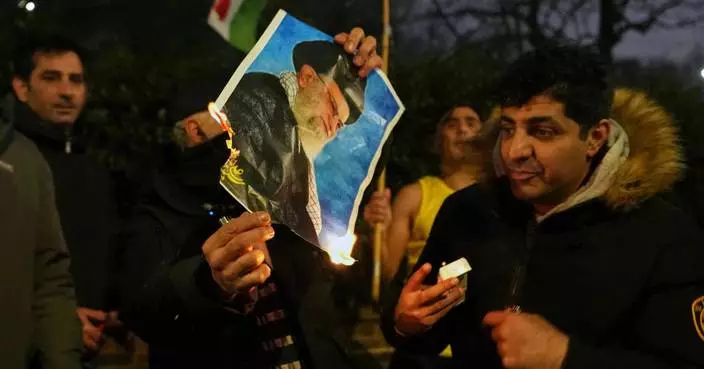
The Latest: Iran eases some communications restrictions as activists say death toll surpasses 2,500
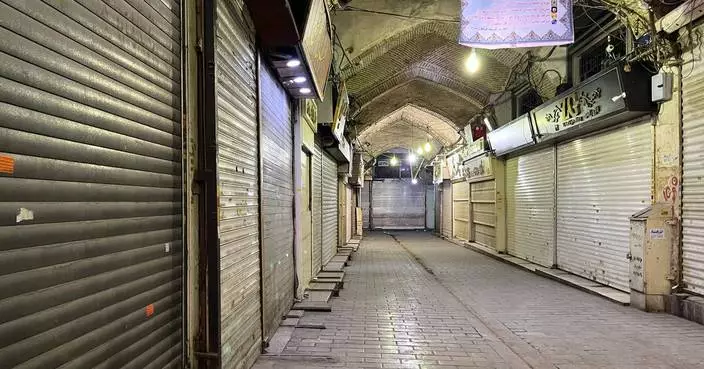
Trump pressures Iran with tariffs that could raise prices in the US
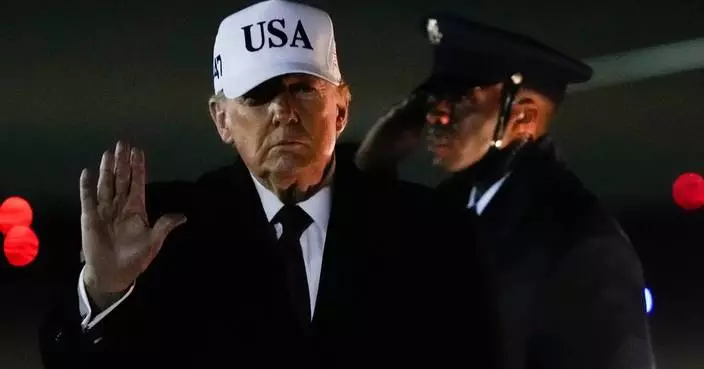
Trump calls on Tehran to show protesters humanity amid reports of rising death toll in crackdown

Multiple Americans detained in Venezuela have been released, Trump administration says

BP China Insight : Trump's Actions Have Turned the EU into an Outdated Relic of History
Chinese commerce chambers welcome latest development in China-EU EV talks

No escape for those who endanger China's national sovereignty, security: spokeswoman
Healthy China-U.S. economic, trade relations beneficial to both sides: customs official

A Fire Broke out at Cho Yiu Chuen in Lai King, A 70-Year-Old Man Died on the Site
China's box office revenue for commercial performances hits 61.66 bln yuan in 2025
Russia reports strikes on Ukrainian energy, transportation facilities; Ukraine claims repelling Russian attacks

HKU Co-hosts "The Nobel Heroes Forum: Shaping Science and Future" Convene World-Leading Minds to Forge Next Era of Discovery

Nobel Heroes@HKUST: Science Titans Inspire Next Generation at Landmark Anniversary Event
China's foreign trade up 3.8 percent in 2025: official

Allianz Risk Barometer 2026: Cyber remains top business risk but AI fastest riser at #2 in Asia Pacific

China, EU economies highly complementary, closely intertwined: spokesman

The Latest: Iran eases some communications restrictions as activists say death toll surpasses 2,500

Trump pressures Iran with tariffs that could raise prices in the US

Trump calls on Tehran to show protesters humanity amid reports of rising death toll in crackdown

Multiple Americans detained in Venezuela have been released, Trump administration says
Feature·Bloggers

【Ariel】Jimmy Lai’s “Solitary” Twist: Judges Say He Asked For It

【What Say You?】Accomplice Witness Chen Zihao: Family Stalked, Fears Black Bloc Revenge After Release

【Deep Blue】International Laws? You Kidding Me?

【Bastille Commentary】Chicken-hearted Conservatives: Sanctioning Hong Kong Judges While Trump Runs Wild

【What Say You?】Trump’s “Maduro Grab” Gets a Glossy Spin by the Usual Suspects

【What Say You?】Trump's Judicial Theater: Maduro's Fate Already Sealed

Iran signals fast trials and executions for protesters as death toll in crackdown goes over 2,500
- Trump says anything less than having Greenland in the United States’ hands is ‘unacceptable’
- Photos show sacred deer wandering through Japan's ancient capital during Japan-South Korea summit
- Democrats see a path to win the Senate. It's narrow and has little room for error
- The Latest: Iranian judge signals trials and executions as activists say death toll surpasses 2,500
- Alpaca Raises $150 Million at a $1.15B Valuation to Build the Global Standard for Brokerage Infrastructure
- Banagua Named “Best New Brand” by Beverage Digest as Momentum Builds for Breakout Banana Water Brand
- The UK is expected to approve a 'mega' Chinese Embassy in London despite objections
- Beirut's Commodore Hotel, a haven for journalists during Lebanon's civil war, shuts down
- Photos show rescue workers at scene of crane collapse and train derailment in Thailand
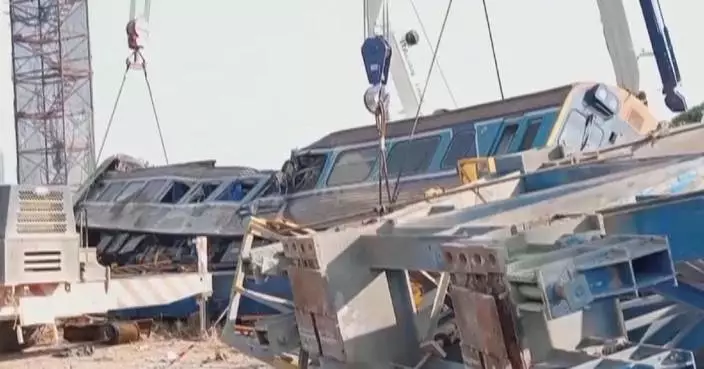
32 killed after crane collapse derails train in Thailand
- China to expand global access to innovation achievements: spokeswoman
- China launches world's first foundation model for genomic analysis
- China-Canada friendship benefits Canadian economic resilience: professor
- French expert calls for strengthened protections in face of illegal AI-generated content
- Mainland welcomes Taiwan youth to participate in film, gaming industry development: spokesperson
- Global economy shows positive momentum for 2026, though risks linger: UBS economist
- China unveils major archaeological discoveries
- Mainland spokesperson slams DPP authorities over prosecution of internet celebrity
- Chinese FM spokesperson says no information to share for now on Argentine President's visit

Bolton opens its first "Bolton Food Research & Innovation Center" to advance innovation and science towards a more sustainable seafood industry
- REGISTRATION FOR THE LA28 TICKET DRAW OPENS TODAY FOR TICKETS TO ALL OLYMPIC SPORTS
- FMF's 5th Ministerial Roundtable Concludes with 100 Governments and 59 Multilaterals, Laying Framework for a New Age of Minerals Development
- Blue Shift Report Highlights Systemic Vulnerabilities Caused by the Hidden Cost of AI
- Ultralytics Launches YOLO26, Setting a New Global Standard for Edge-First Vision AI
- Singapore's AI-Powered Customer Experience Platform Toku Launches First SGX IPO of 2026
- Luxury retailer Saks Global files for bankruptcy as it prepares to restructure
- Xtep Expands Overseas: Deep Restructuring of Malaysian Channels Marks Entry into Intensive Global Strategy Phase
- Barrows Connected Store Appoints James Hay as Global CEO
- Aon expands Data Center Lifecycle Insurance Program to $2.5 billion, strengthening resilience for AI-driving digital infrastructure
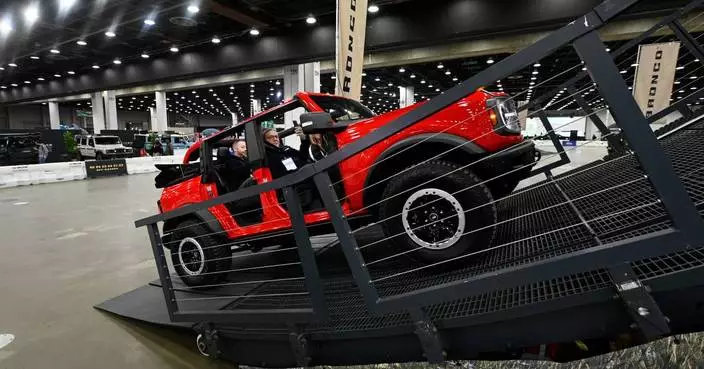
Detroit Auto Show opens as industry pares back splashy debuts and leans on test tracks
- Microsoft's Brad Smith pushes Big Tech to 'pay our way' for AI data centers amid rising opposition
- Malaysia will take legal action against Musk's X and xAI over misuse of Grok chatbot
- Pentagon is embracing Musk's Grok AI chatbot as it draws global outcry
- Apple calls on Google to help smarten up Siri and bring other AI features to the iPhone
- Meta names former Trump adviser Dina Powell McCormick as president and vice chairman
- Malaysia and Indonesia become the first countries to block Musk’s Grok over sexualized AI images
- Google teams up with Walmart and other retailers to enable shopping within Gemini AI chatbot
- VR headsets are 'hope machines' inside California prisons, offering escape and practical experience
- Doctors say changes to US vaccine recommendations are confusing parents and could harm kids

Serbians mark Orthodox Christian New Year according to old tradition
- At the NBR Awards, emotional speeches by Jafar Panahi and Ryan Coogler stir the room
- Japanese and South Korean leaders jam to K-pop hits at a summit
- Adelaide Writers Week canceled as 180 speakers withdraw after the exclusion of a Palestinian writer
- Actor Kiefer Sutherland arrested for allegedly assaulting a ride-hail driver, police say
- 'West Wing' actor Timothy Busfield turns himself in to face child sex abuse charges in New Mexico
- ‘Dances with Wolves’ actor Nathan Chasing Horse's child sex abuse trial begins
- SiriusXM rehires Chris Cuomo to host morning talk show
- Scott Adams, whose comic strip 'Dilbert' ridiculed white-collar office life, dies at 68
- PBS weekend newscasts shut down due to funding cuts, replaced by single-topic programs

Son of Zlatan: Ajax fans could see another Ibrahimović play for their team
- After three Tommy John surgeries, pitcher Daulton Jefferies is trying for another MLB comeback
- 49ers count on 2 unlikely contributors at linebacker for playoff run
- Dakar Rally moves through sweeping desert landscapes, in photos
- Fans bring life to the Africa Cup of Nations, in photos
- Tiger's lost tooth in Cortina. Bode's 1-ski show in Bormio. Olympic Alpine slopes filled with tales
- New Zealand wins the toss and bowls against India in the 2nd ODI match
- LeBron just misses historic triple-double, but still defies his age with prolific efforts for Lakers
- Butler scores 16, Curry dishes 11 assists as Warriors run away from Trail Blazers for 119-97 win
- Lukas Dostal has 24 saves as Ducks beat Stars 3-1 to snap nine-game skid

Professor Sun Dong Promotes AI Cooperation Between Hong Kong and Guangxi During Nanning Visit
- Two Passengers Sentenced for Smuggling Duty-Not-Paid Cigarettes in Hong Kong
- Hong Kong Customs Seizes 1.4 Tons of Drugs in Major Airport Anti-Narcotics Operation
- Health Department Busts Illegal Sale of Sildenafil-Packed Product via Messaging App; Two Arrested.
- HKMA Warns Public About Fraudulent Banking Scams and Phishing Attempts
- Hong Kong Reports No New Chikungunya Fever Cases Amid Ongoing Mosquito Control Efforts
- Man Sentenced to Eight Months for Smuggling 86,900 Duty-Not-Paid Cigarettes at Hong Kong Airport
- Hong Kong Customs Seizes 4,800kg of Illicit Tobacco in Major Raid, One Arrested
- HKMA Reports December 2025 Exchange Fund Accounts: Foreign Assets Down HK$12.5 Billion
- FEHD Offers Eight Market Stalls for Rent on First-Come, First-Served Basis Starting January 22
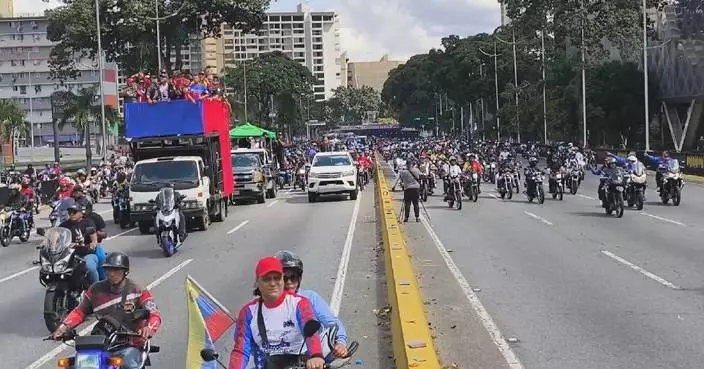
Bus, taxi, motorcycle drivers rally with vehicles in Caracas to demand Maduro release
- Tourism surge fosters people-to-people bonds between China, Canada
- Iran's territorial integrity crucial to regional stability: Turkish scholar
- U.S. withdrawal from WHO makes the world "unsafe," says WHO chief
- Unnerved Greenlanders voice rejection of Trump's claim over island
- Toronto residents optimistic about Canada-China cooperation prospects
- World Bank raises 2026 global growth forecast to 2.6 pct
- US aggression signals hegemony faces "extinction burst": historian
- Any escalation of US-Iran conflict to bring 'catastrophic results' for regional security: Qatar foreign ministry
- U.S. stocks close lower as earnings season kicks off
Category · News

32 killed after crane collapse derails train in Thailand

Iran signals fast trials and executions for protesters as death toll in crackdown goes over 2,500
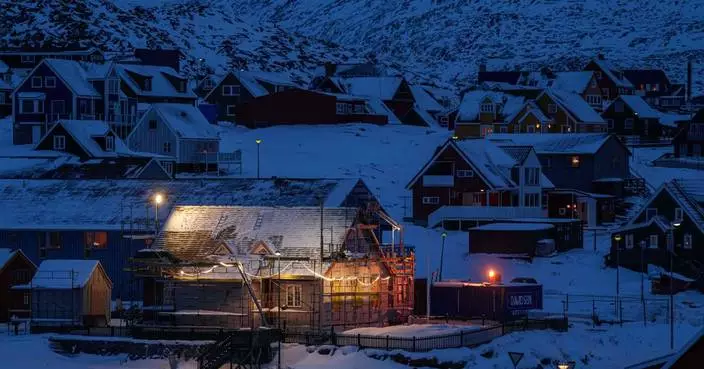
Trump says anything less than having Greenland in the United States’ hands is ‘unacceptable’
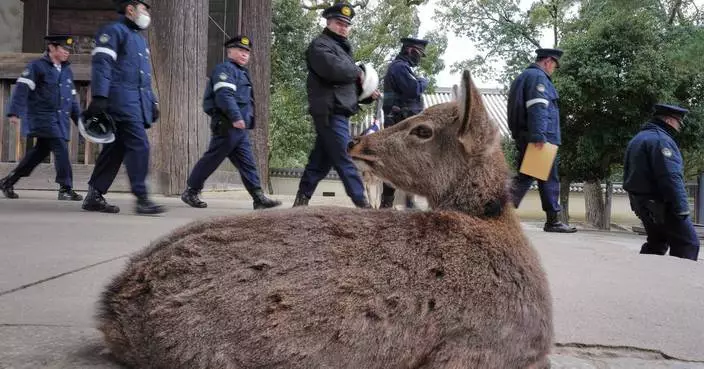
Photos show sacred deer wandering through Japan's ancient capital during Japan-South Korea summit
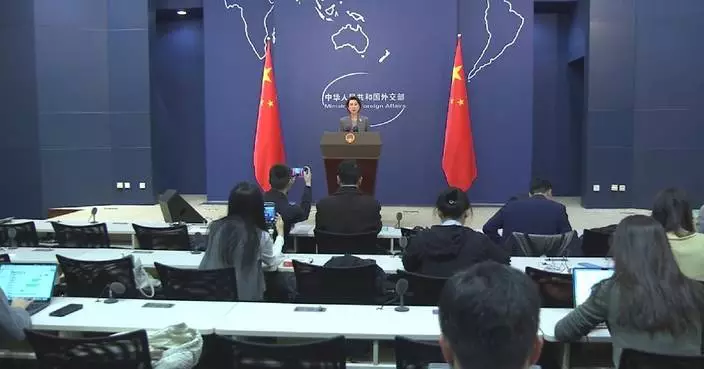
China to expand global access to innovation achievements: spokeswoman

Democrats see a path to win the Senate. It's narrow and has little room for error
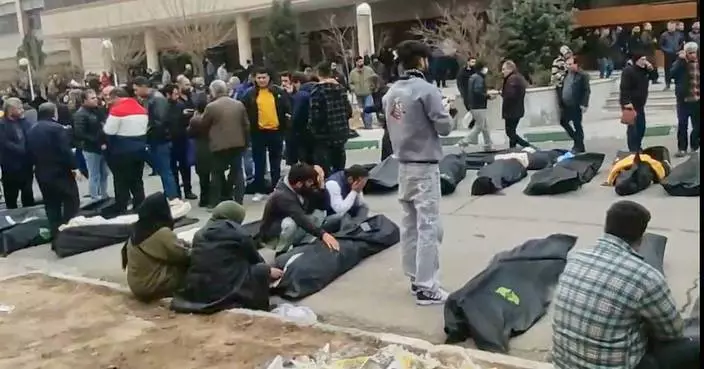
The Latest: Iranian judge signals trials and executions as activists say death toll surpasses 2,500

Alpaca Raises $150 Million at a $1.15B Valuation to Build the Global Standard for Brokerage Infrastructure

Banagua Named “Best New Brand” by Beverage Digest as Momentum Builds for Breakout Banana Water Brand

Professor Sun Dong Promotes AI Cooperation Between Hong Kong and Guangxi During Nanning Visit

Son of Zlatan: Ajax fans could see another Ibrahimović play for their team

The UK is expected to approve a 'mega' Chinese Embassy in London despite objections

Beirut's Commodore Hotel, a haven for journalists during Lebanon's civil war, shuts down
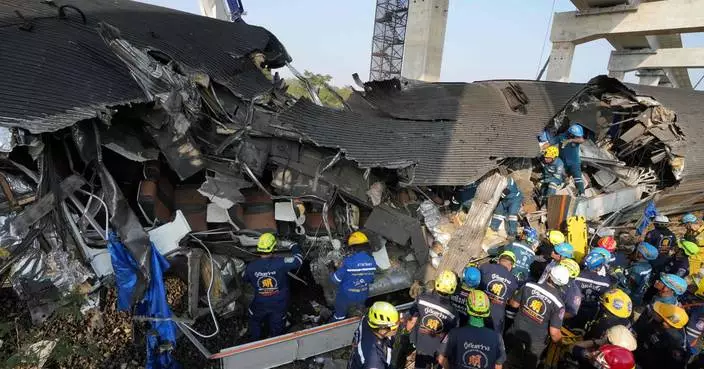
Photos show rescue workers at scene of crane collapse and train derailment in Thailand
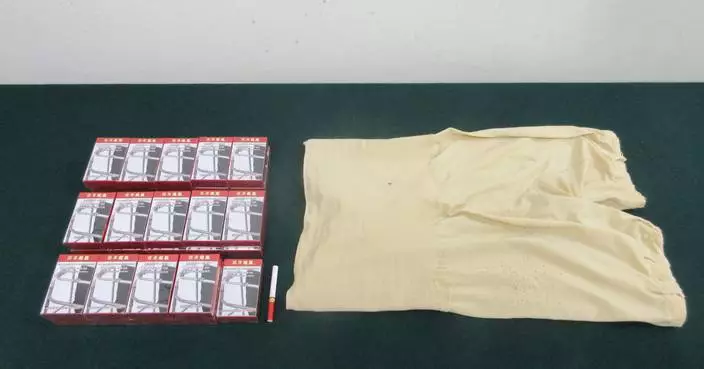
Two Passengers Sentenced for Smuggling Duty-Not-Paid Cigarettes in Hong Kong

Schumer tells the AP Democrats are preparing for Trump to disrupt and dispute the midterms: Q&A
China launches world's first foundation model for genomic analysis

Omdia: Global Smartphone Market Grew 4% in 4Q25 as Apple Leads the Market for the Third Consecutive Year

Burson Quantifies the Value of Reputation, Revealing a $7 Trillion Global “Reputation Economy”
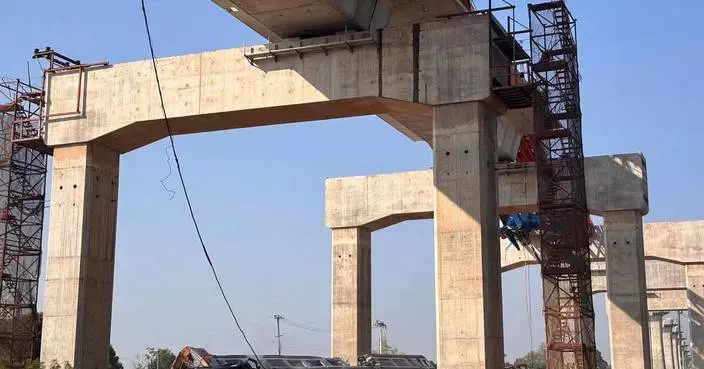
A construction crane falls onto a moving train in Thailand, killing at least 30 people

Partners Capital Announces the Promotion of Three Partners and Four Managing Directors

Ore-Ida Brings Its Iconic Fries from the Freezer Aisle to the Frozen Slopes with Limited-Edition Fry-Inspired Skis

500 Global Announces Promotion of Mei Chel Tan to Global Managing Partner

After three Tommy John surgeries, pitcher Daulton Jefferies is trying for another MLB comeback

49ers count on 2 unlikely contributors at linebacker for playoff run
China-Canada friendship benefits Canadian economic resilience: professor

Hong Kong Customs Seizes 1.4 Tons of Drugs in Major Airport Anti-Narcotics Operation

Health Department Busts Illegal Sale of Sildenafil-Packed Product via Messaging App; Two Arrested.
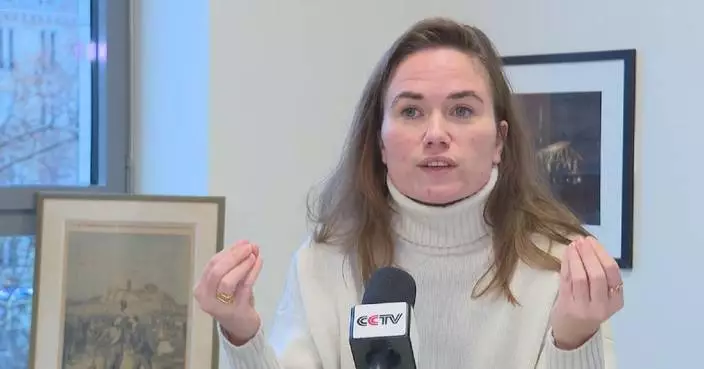
French expert calls for strengthened protections in face of illegal AI-generated content

HKMA Warns Public About Fraudulent Banking Scams and Phishing Attempts

Mainland welcomes Taiwan youth to participate in film, gaming industry development: spokesperson

Global economy shows positive momentum for 2026, though risks linger: UBS economist

Bolton opens its first "Bolton Food Research & Innovation Center" to advance innovation and science towards a more sustainable seafood industry

China unveils major archaeological discoveries
Mainland spokesperson slams DPP authorities over prosecution of internet celebrity
Chinese FM spokesperson says no information to share for now on Argentine President's visit

REGISTRATION FOR THE LA28 TICKET DRAW OPENS TODAY FOR TICKETS TO ALL OLYMPIC SPORTS
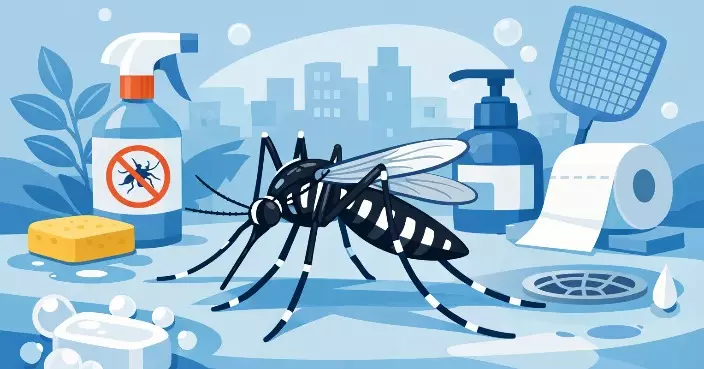
Hong Kong Reports No New Chikungunya Fever Cases Amid Ongoing Mosquito Control Efforts

China names new special representative and national coordinator to SCO: spokeswoman

FMF's 5th Ministerial Roundtable Concludes with 100 Governments and 59 Multilaterals, Laying Framework for a New Age of Minerals Development
Chinese shares close mixed Wednesday

The UK is watering down plans for mandatory digital ID cards after a backlash
Bus, taxi, motorcycle drivers rally with vehicles in Caracas to demand Maduro release
Tourism surge fosters people-to-people bonds between China, Canada
Iran's territorial integrity crucial to regional stability: Turkish scholar
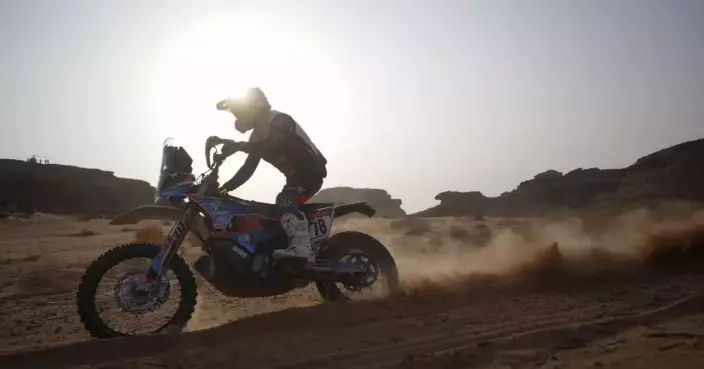
Dakar Rally moves through sweeping desert landscapes, in photos
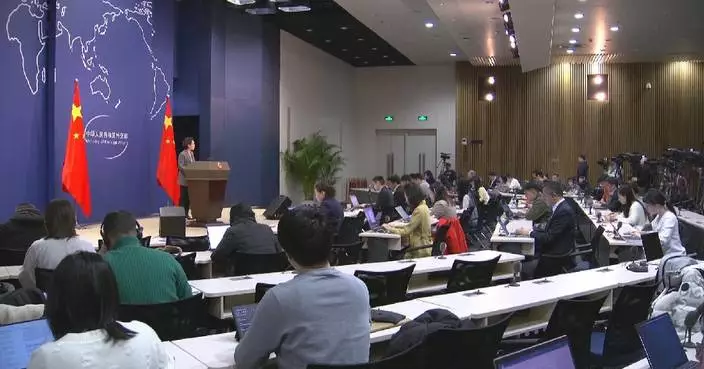
China expresses condolences over casualties in accident on Thailand's under-construction railway project: spokeswoman
China opposes threat or use of force in international relations: spokesperson
BYD buses offer smoother commutes for Budapest residents

Blue Shift Report Highlights Systemic Vulnerabilities Caused by the Hidden Cost of AI

Ultralytics Launches YOLO26, Setting a New Global Standard for Edge-First Vision AI
Hong Kong stocks close higher Wednesday
Mainland social media account helps Taiwan resident reunite with long-lost relatives

Man Sentenced to Eight Months for Smuggling 86,900 Duty-Not-Paid Cigarettes at Hong Kong Airport

Fans bring life to the Africa Cup of Nations, in photos

Singapore's AI-Powered Customer Experience Platform Toku Launches First SGX IPO of 2026

Hong Kong Customs Seizes 4,800kg of Illicit Tobacco in Major Raid, One Arrested

Serbians mark Orthodox Christian New Year according to old tradition

HKMA Reports December 2025 Exchange Fund Accounts: Foreign Assets Down HK$12.5 Billion

Former Cyprus President George Vassiliou, who put the country on the path to EU membership, has died
U.S. withdrawal from WHO makes the world "unsafe," says WHO chief
China state broadcaster's UHD fleet arrives at 2026 Winter Olympics stadium

Major countries should lead in respecting international law's authority: Chinese spokeswoman
Unnerved Greenlanders voice rejection of Trump's claim over island

Mainland spokeswoman slams DPP authorities for seeking session by relying on external forces, military buildup
Tiger's lost tooth in Cortina. Bode's 1-ski show in Bormio. Olympic Alpine slopes filled with tales
China's auto output, sales reach new highs in 2025

Ugandan voters face soldiers in the street and an internet shutdown before presidential election

Luxury retailer Saks Global files for bankruptcy as it prepares to restructure

Xtep Expands Overseas: Deep Restructuring of Malaysian Channels Marks Entry into Intensive Global Strategy Phase

Barrows Connected Store Appoints James Hay as Global CEO

Aon expands Data Center Lifecycle Insurance Program to $2.5 billion, strengthening resilience for AI-driving digital infrastructure

Flyer King Repositions Its Brand for 2026, Launches New Slogan
Toronto residents optimistic about Canada-China cooperation prospects

New Zealand wins the toss and bowls against India in the 2nd ODI match
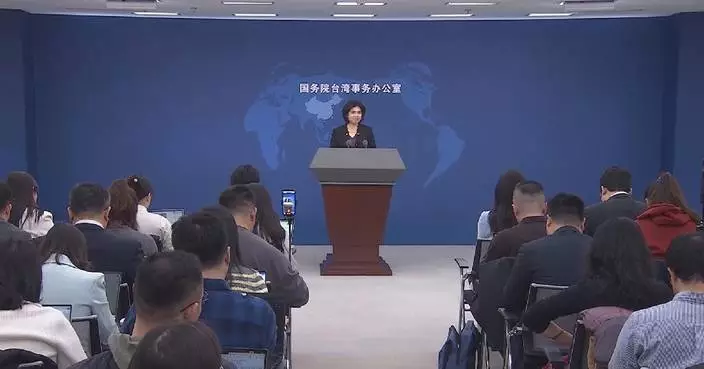
Taiwan's DPP authorities sells out semiconductor industry to detriment of people's interests: mainland spokeswoman

See the world in vertical: Top photos by AP photojournalists

LeBron just misses historic triple-double, but still defies his age with prolific efforts for Lakers
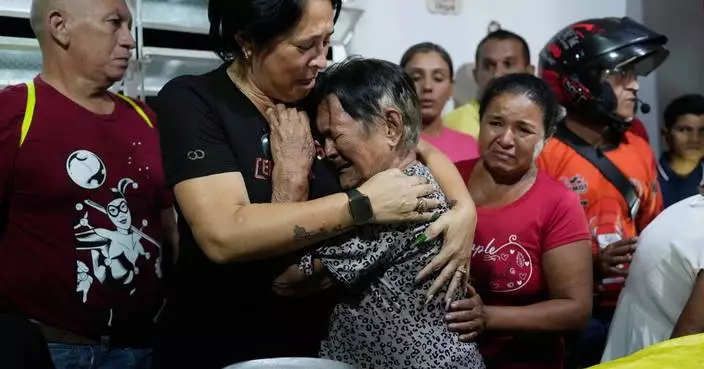
Hundreds more in Venezuela say their loved ones are 'political prisoners'

Sino Land Achieves 'AAA' MSCI ESG Rating
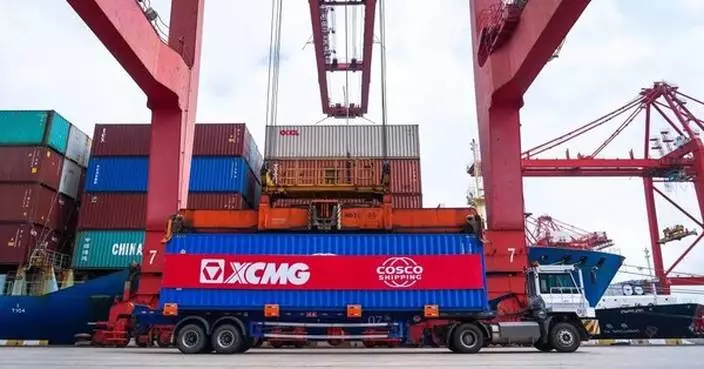
XCMG and COSCO SHIPPING Lines Deepen Strategic Partnership to Advance Integrated Global Supply Chains
U.S. claim to control Greenland creates division within European allies for its own interests: expert

Himel Earns International Recognition through Global Excellence and Product Innovation

DPP's attempts to obstruct, restrict cross-strait exchanges doomed to fail: spokeswoman








